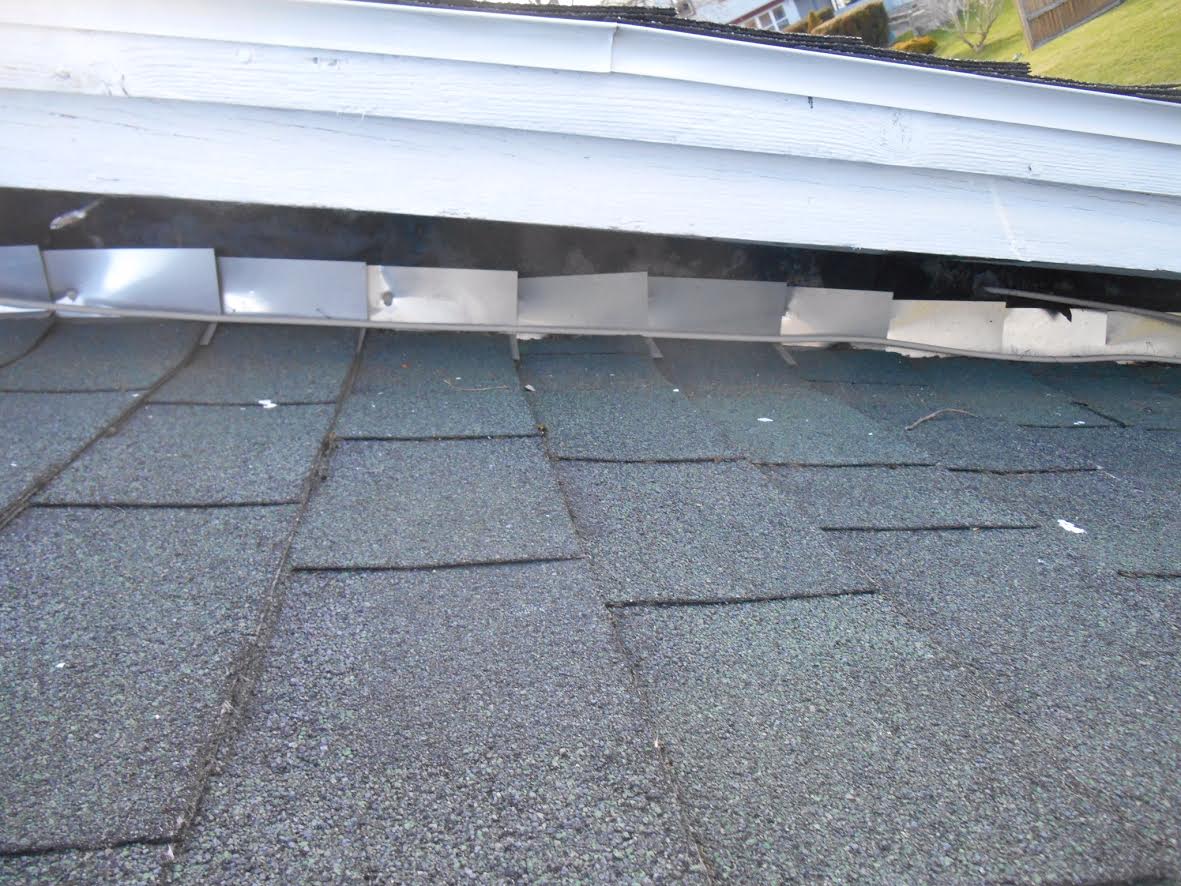Roof flashing plays a critical role in the structure of your roof, and it is vital for both roof installation and roof repair. Despite its significance, many individuals remain unaware of its purpose. In this article, we will delve into the significance of roof flashing, its definition, and the various types of flashing available.
Roof flashing is a slender strip of material that seals the seams and joints of a roof. It is usually crafted from metal or rubber and installed at the intersection points of the roof, including where the roof meets the chimney, walls, or skylights. Proper roof flashing is essential for both roof installation and repair to prevent water from penetrating the roof’s surface and causing damage.
The Purpose of Roof Flashing
Roof flashing plays a crucial role in protecting your home from water damage. When it rains, water can seep through the gaps in your roof, causing damage to the structure of your home, as well as your belongings. Roof flashing helps prevent water from entering your home by creating a watertight seal around the intersections of your roof.
Without proper flashing, water can enter your home and cause damage to the walls, ceilings, and floors. This can lead to mold growth, structural damage, and other issues that can be costly and time-consuming to repair. By installing roof flashing, you can prevent these issues from occurring and ensure that your home stays dry and protected from the elements.

Types of Roof Flashing
There are various types of roof flashing, and the type you need depends on the design of your roof and the area that needs protection. Here are some common types of roof flashing:
Step Flashing
Step flashing is the most common type of roof flashing used in residential construction. It is typically made from metal, such as aluminum or copper, and it is installed along the roofline where it meets a vertical surface, such as a wall or chimney. Step flashing is designed to be installed in a “step-like” fashion, with each piece overlapping the previous one to create a watertight seal.
Valley Flashing
Valley flashing is a type of flashing that is installed in the valleys of a roof, where two different roof sections meet. It is typically made from metal, such as copper or aluminum, and it is designed to channel water away from the valley and into the gutters.
Drip Edge Flashing
Drip edge flashing is a type of continuous flashing that is installed along the edge of a roofline to direct water away from the fascia and into the gutters. It is typically made from metal, such as aluminum or steel, and it is available in a variety of colors and finishes to match your roof.
Vent Pipe Flashing
This type of flashing is installed around plumbing vent pipes that protrude through the roof. It is typically made from rubber or metal, and it is designed to create a watertight seal around the pipe to prevent water from entering your home.
Signs of Damaged Flashing
Over time, roof flashing can become damaged due to exposure to the elements, such as wind, rain, and sunlight. Here are some signs that your roof flashing may need repair or replacement:
- Visible rust or corrosion on the flashing
- Cracks or splits in the flashing material
- Loose or missing flashing pieces
- Water stains on your ceiling or walls
- Musty odors in your home
If you notice any of these signs, it’s essential to have your roof inspected by a professional to determine the extent of the damage and make necessary repairs.
The Importance of Proper Installation
Proper installation of roof flashing is crucial for its effectiveness. Improperly installed flashing can lead to water infiltration, which can cause extensive damage to your home. It’s essential to hire a professional roofing contractor to install your roof flashing to ensure that it is done correctly.
Conclusion
Roof flashing is an essential component of your roof’s structure, and it plays a crucial role in protecting your home from water damage. Without proper flashing, your home is at risk of water intrusion, which can lead to mold growth, structural damage, and other issues. By installing roof flashing, you can prevent these issues from occurring and ensure that your home stays dry and protected from the elements.
There exist numerous varieties of roof flashing, each possessing distinct features and benefits. If you require roof flashing, it is crucial to seek advice from a professional such as RB Farina Roofing Co. Don’t hesitate to reach out to us today!

